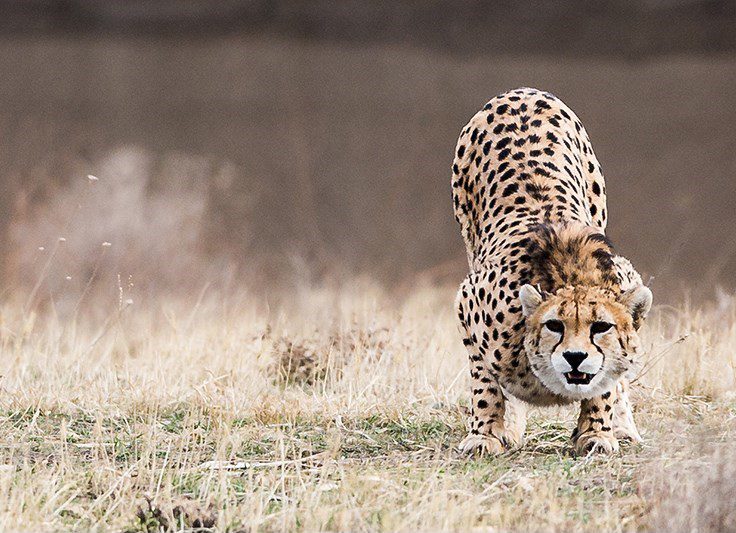Table of Contents
Imagine immersing yourself in a world where the melodious calls of birds echo through the air, a Persian leopard gracefully moves through the undergrowth, and the rare Iranian cheetah dashes across vast plains with incredible speed. Welcome to Iran, a country abundant in diverse wildlife and breathtaking natural landscapes. From the snow-capped peaks of the Alborz Mountains to the arid expanses of the Kavir desert, Iran’s unique ecosystems are home to an array of captivating creatures, many of which are found nowhere else in the world. This article will take you on a captivating journey through Iran’s wildlife, exploring the best areas to witness these animals, the ideal times to visit, and how you can contribute to their preservation.
Introduction to Iran’s Wildlife
Iran’s wildlife is remarkably diverse, reflecting the country’s varied landscapes that encompass mountains, forests, deserts, and coastlines. The country boasts a wide array of species, including leopards, bears, hyenas, wild boars, ibex, gazelles, and mouflons in its wooded mountains.
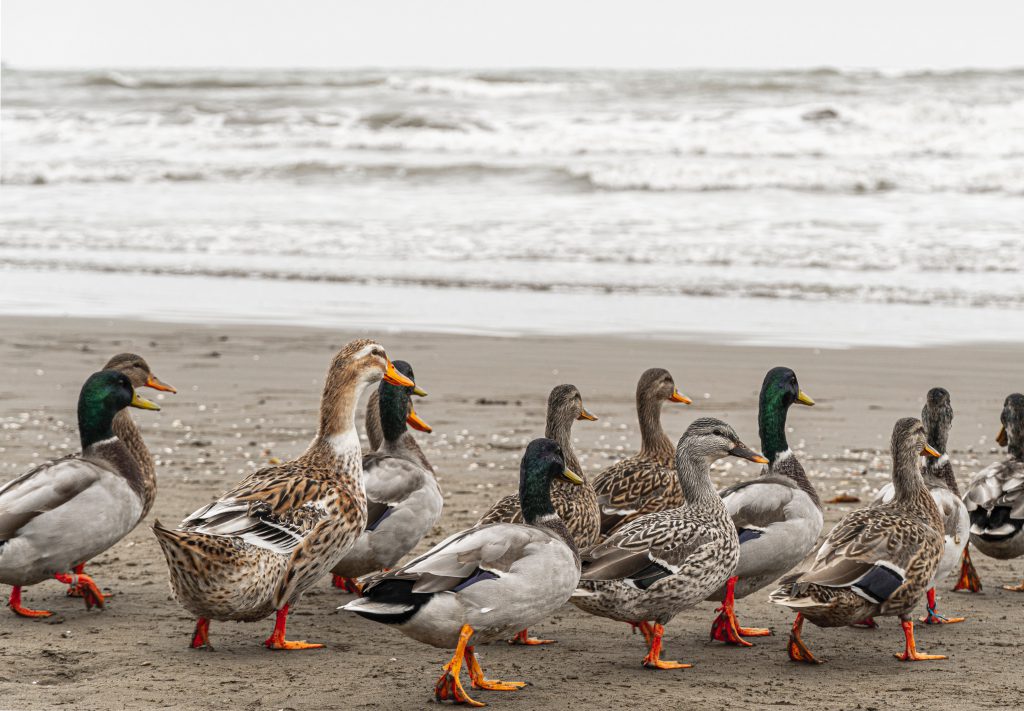
Jackals and rabbits are common in the country’s interior, while the Caspian region is home to cheetahs and pheasants. The shores of the Caspian Sea and the Persian Gulf host a variety of aquatic birds. Iran also takes pride in its endemic species found nowhere else on Earth, such as the Iranian jerboa, Luristan newt, Persian brook salamander, Kurdistan newt, Fire salamander, and Iranian ground jay.
The National Animal of Iran: Asiatic Cheetah
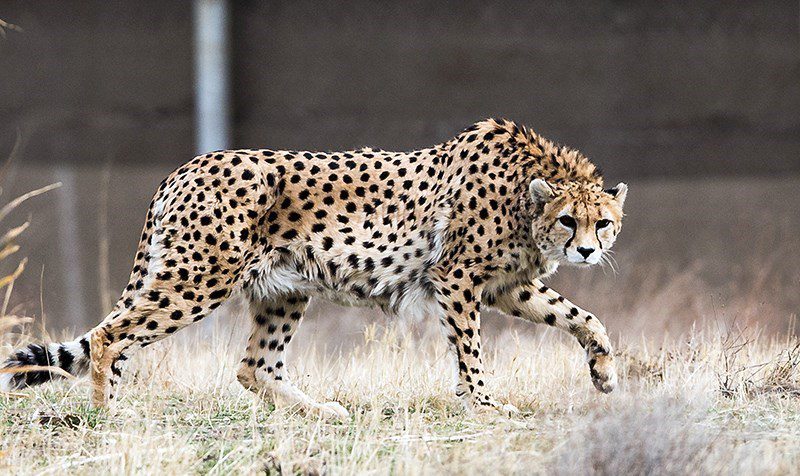
The Asiatic cheetah, also known as the Iranian cheetah, holds the prestigious title of Iran’s national animal. This critically endangered subspecies of cheetah mainly resides in the country’s central desert region.
The Iranian cheetah (scientific name: Acinonyx jubatus venaticus) is slightly smaller than its African counterparts, with a slender body, long legs, and a distinctive black “tear mark” running from the inner corner of its eyes down to the sides of its mouth. Its tawny coat, adorned with small, round black spots, provides excellent camouflage in its desert habitat.
Habitat and Distribution of the Iranian Cheetah
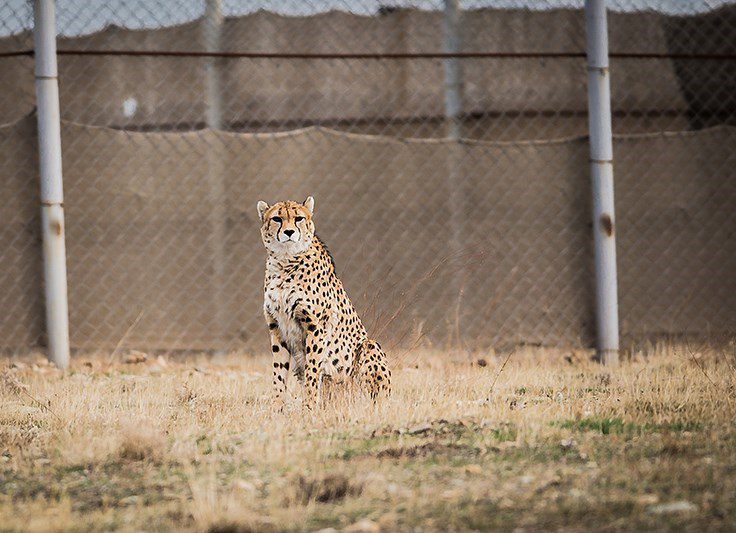
These cheetahs primarily inhabit the arid and semi-arid regions of Iran, including the Dasht-e Kavir and Dasht-e Lut deserts. Their slender build and long legs allow them to reach incredible speeds of up to 70 miles per hour (113 kilometers per hour) in short bursts, making them the fastest land animals.
Threats to the Survival of the Iranian Cheetah
The Iranian cheetah is a solitary and elusive predator, mainly feeding on small to medium-sized ungulates such as gazelles and wild sheep. Unfortunately, due to habitat loss, poaching, and a decline in prey species, the population of Iranian cheetahs has drastically declined over the years, leading to their critically endangered status.
Conservation Efforts for the Asiatic Cheetah
To protect and restore the habitat of the Iranian cheetah, as well as raise awareness about the importance of preserving this iconic species, significant conservation efforts are underway. These initiatives involve collaboration between governmental organizations, conservation groups, and local communities to address the threats facing the cheetahs and implement measures to ensure their survival. Preserving the Iranian cheetah is not only crucial for the conservation of this unique subspecies but also for the overall biodiversity and ecological balance of Iran’s desert ecosystems.
Best Areas to Observe Wildlife in Iran
For wildlife enthusiasts, Iran offers several prime locations to observe the country’s diverse fauna. Let’s explore some of the best areas to witness Iran’s captivating wildlife:
1. Golestan National Park

Golestan National Park holds a prominent position among Iran’s wildlife habitats and national parks. Located in the eastern Alborz Mountains range, the park spans parts of Golestan, North Khorasan, and Semnan provinces, covering an area of approximately 91,890 hectares.
The park’s diverse flora and fauna make it a significant conservation area. It boasts deciduous forests, grasslands, shrublands, and rocky areas, providing a habitat for a wide range of animal species, including tigers, brown bears, wild boars, goitered gazelles, rams, goats, sheep, and wild cats. Various bird species, such as the bearded vulture, golden eagle, common buzzard, and common kestrel, also call the park home.
Geographic Features of Golestan National Park

The park’s geography is characterized by rivers, highlands, and natural attractions such as Golestan Waterfalls, as well as Loveh and Pasang Waterfalls. The climate in the park varies, with the western side having a moderate and humid subtropical climate, while the southern part experiences a dry and cold climate.
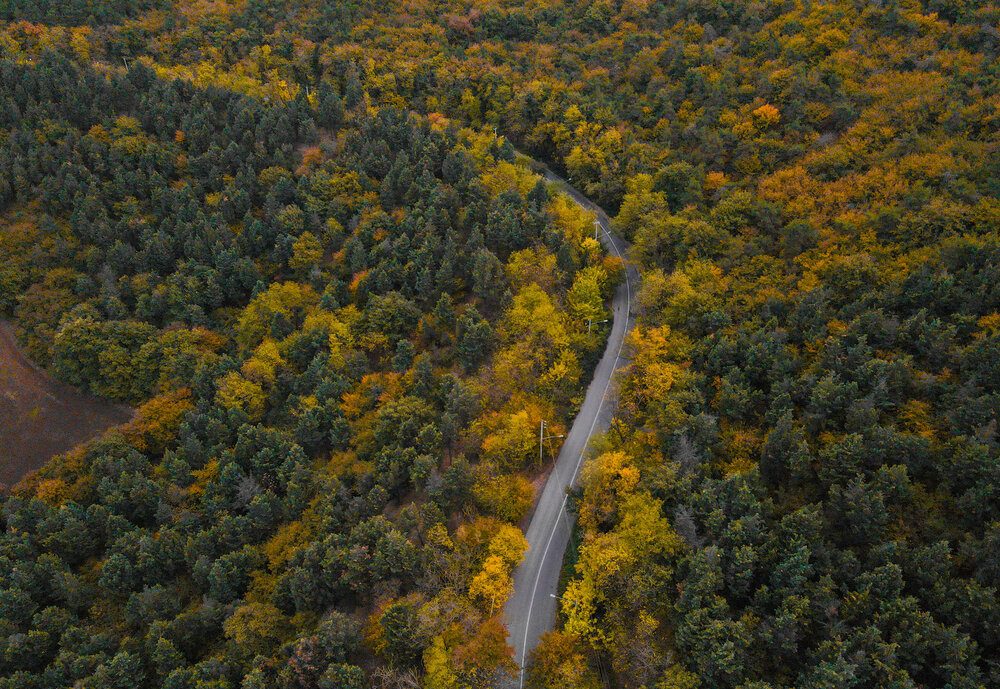
Golestan National Park offers visitors the opportunity to explore its natural beauty and observe its diverse wildlife. Some areas, such as Gulshan 1 and 2 promenade parks, Golestan Waterfall, and the forest site along the main road, are open to the public without the need for a license. However, for access to other parts of the park, prior coordination is required.
UNESCO Recognition of Golestan National Park
The park has been a protected area since 1957 and was officially designated as Golestan National Park in 1976. It is recognized as one of the fifty natural reserves of the world by UNESCO and is considered a natural heritage site of Iran.
Golestan National Park is a must-visit destination for nature enthusiasts and those seeking to experience the rich biodiversity of Iran’s natural landscapes.
2. Kavir National Park
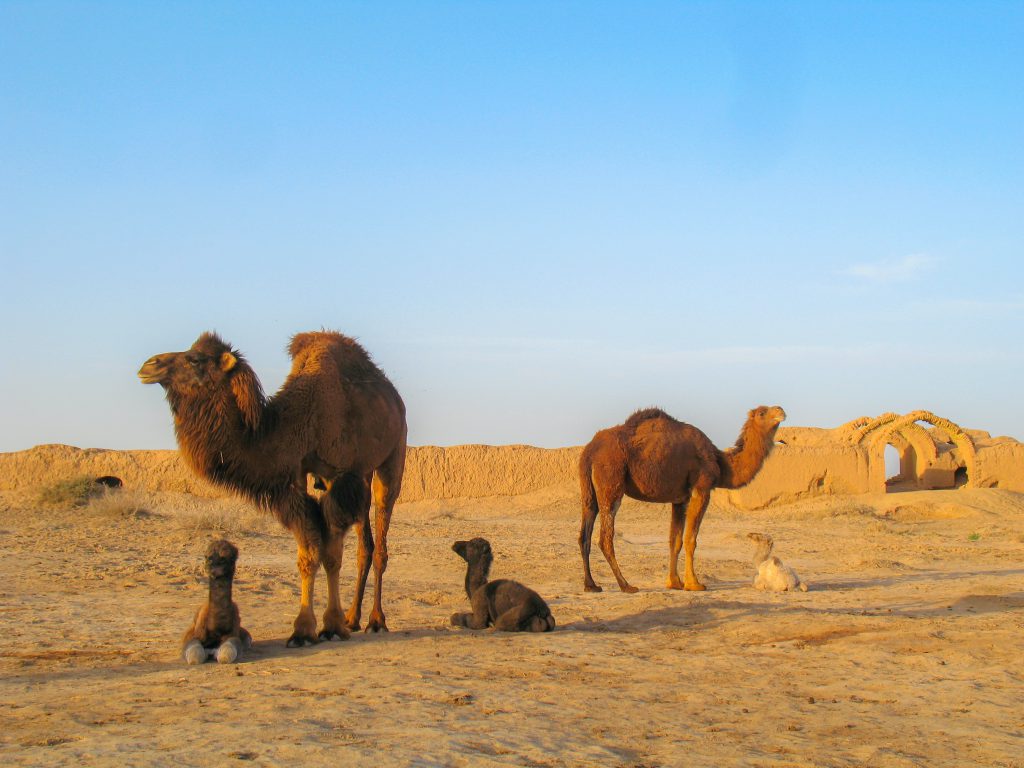
Kavir National Park, also known as Dasht-e Kavir National Park, is a vast protected area located in the central part of Iran. It is situated in the heart of the Dasht-e Kavir, one of the world’s largest deserts, covering an area of approximately 4,000 square kilometers.
The park is renowned for its unique desert landscapes, including vast salt flats, sand dunes, and rocky formations. It is home to a diverse range of desert flora and fauna that have adapted to the harsh desert conditions. The plant life in Kavir National Park includes various species of shrubs, bushes, and drought-resistant plants.
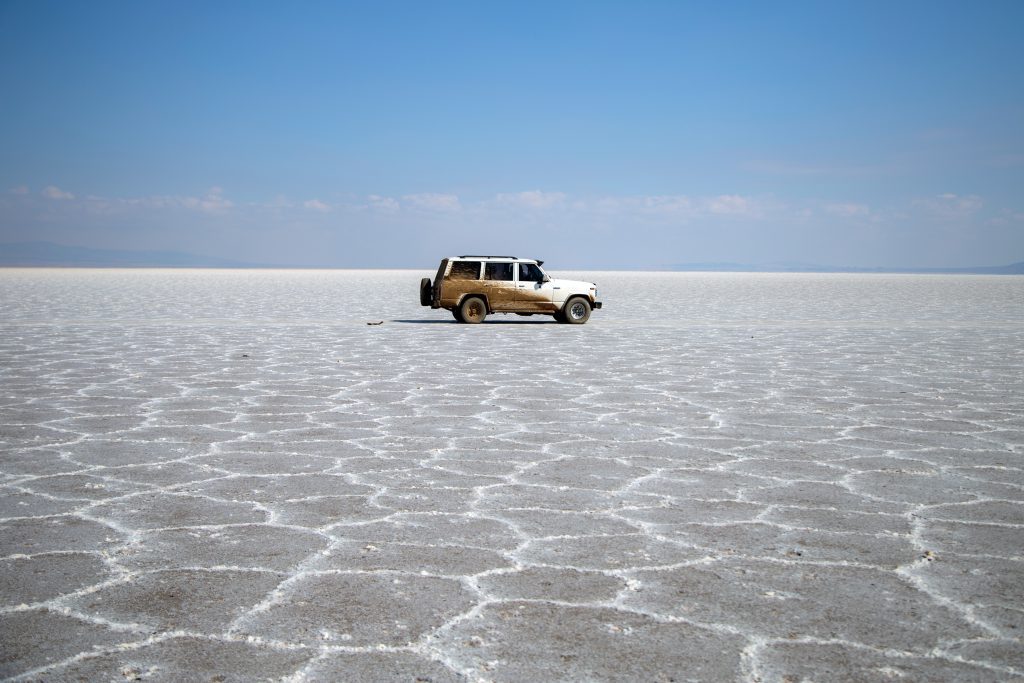
One of the notable features of Kavir National Park is the presence of salt marshes, which are formed by the evaporation of underground water sources. These salt marshes create mesmerizing patterns on the desert floor, adding to the park’s scenic beauty.
Wildlife in Kavir National Park
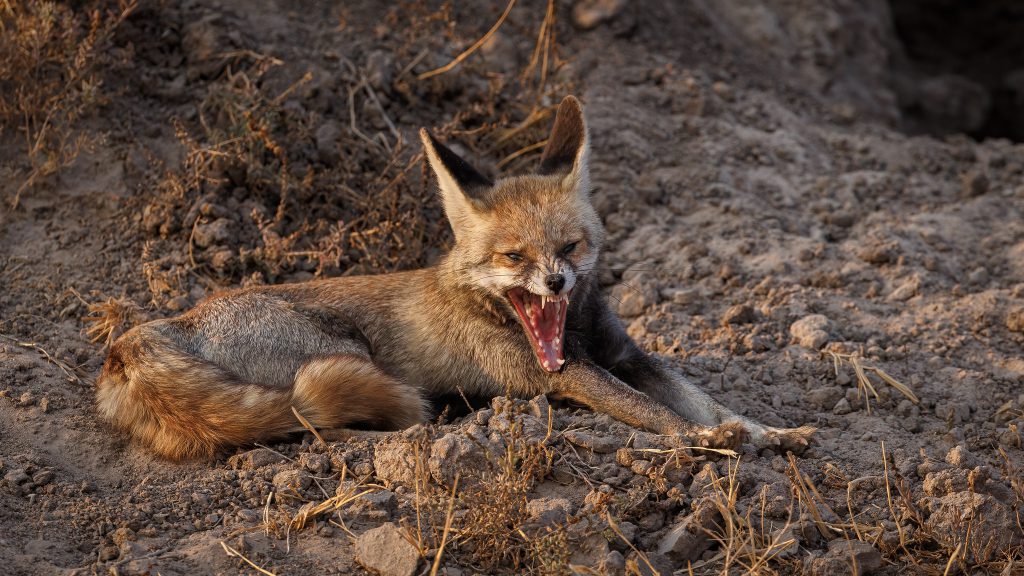
The wildlife in Kavir National Park is adapted to the desert environment and includes species such as the Persian onager (a type of wild ass), gazelle, sand fox, desert monitor lizard, and various bird species. The park is also home to several reptiles, insects, and arachnids that have adapted to survive in the arid conditions.
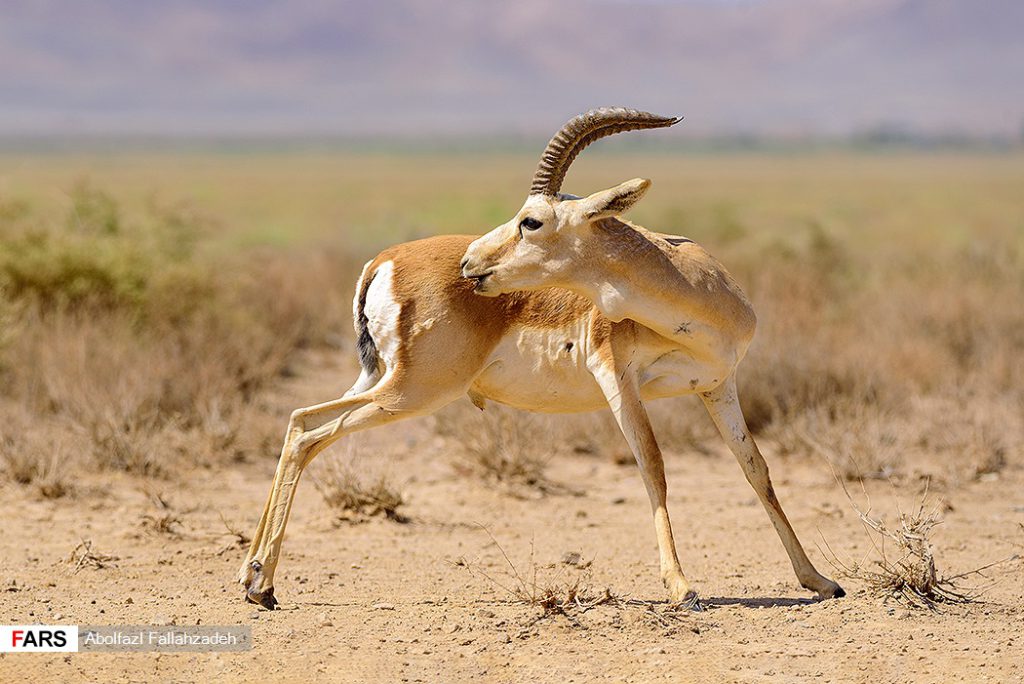
Visitors to Kavir National Park can explore the desert landscapes through guided tours, hiking, and camping. The park offers a unique opportunity to experience the tranquility and vastness of the desert, as well as to observe the fascinating desert wildlife in their natural habitat.
Preparation and Safety for Visiting Kavir National Park
Visiting Kavir National Park requires proper preparation due to the extreme desert conditions. It is advisable to bring sufficient water, sun protection, and appropriate clothing to cope with the high temperatures and arid environment.
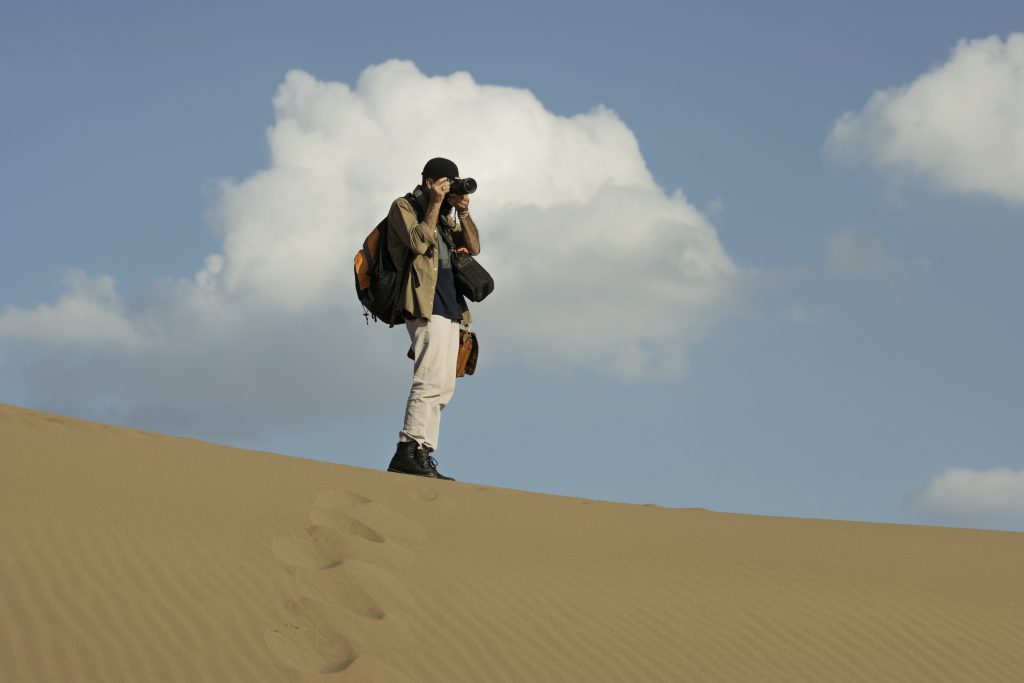
Kavir National Park is a remarkable destination for nature enthusiasts, photographers, and those seeking to experience the beauty and solitude of the desert. It offers a glimpse into the unique ecosystem of Iran’s central desert and provides an opportunity to appreciate the resilience of life in such challenging environments.
3. Lar National Park
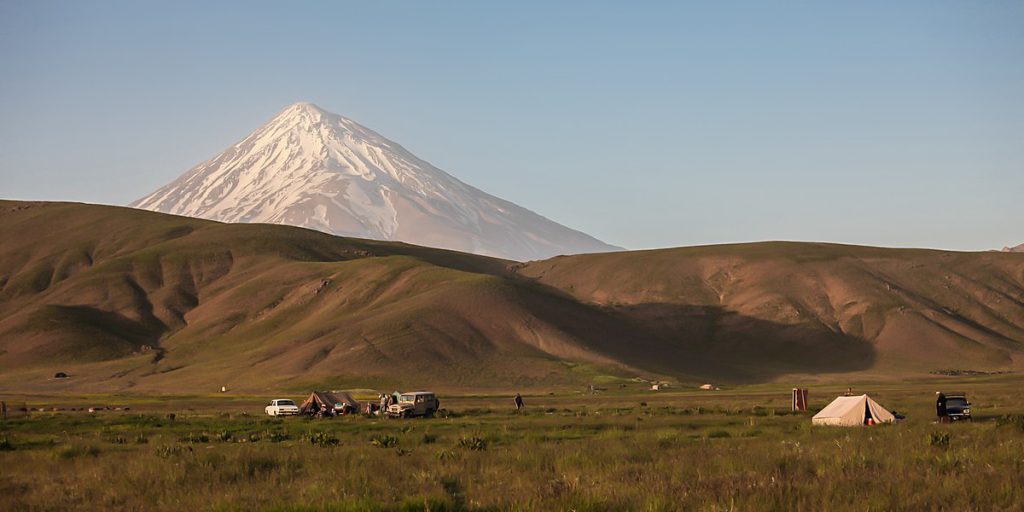
Lar National Park, also known as Dasht-e Lar or Lar Plain, is a protected area located in Mazandaran Province, Iran. It is situated at the foot of the Alborz Mountains, near the southwestern foothills of Mount Damavand. The park covers an area of approximately 73,500 hectares and is known for its diverse ecosystems and rich biodiversity.
Diverse Flora and Fauna of Lar National Park
Lar National Park is characterized by its stunning landscapes, including mountains, valleys, rivers, and lakes. The park is home to a wide range of plant and animal species, making it a haven for nature enthusiasts and wildlife lovers. The park’s flora includes various species of trees, shrubs, and wildflowers, creating a vibrant and colorful environment.
Wildlife Species in Lar National Park
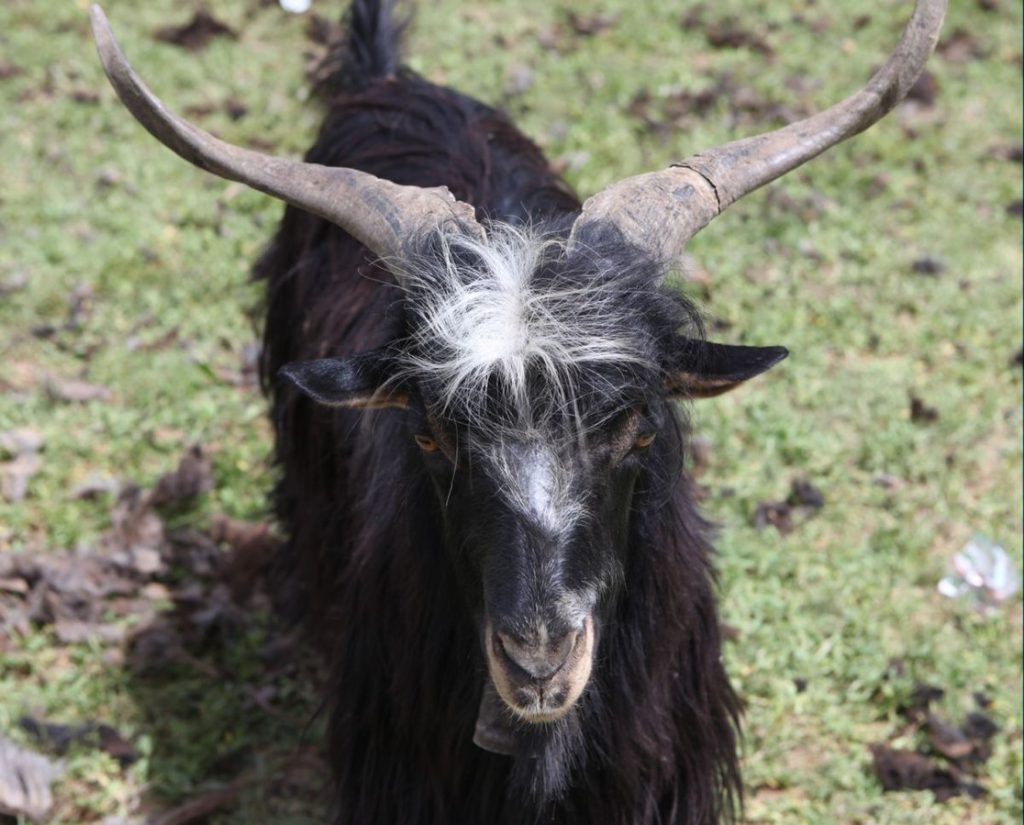
In terms of wildlife, Lar National Park is home to numerous species, including mammals, birds, reptiles, and amphibians. Some of the notable animal species found in the park include red mouflons, wild goats, sheep, brown bears, tigers, wild cats, golden eagles, and various species of fish, including brown trout. The park’s diverse habitats provide a suitable environment for these species to thrive.
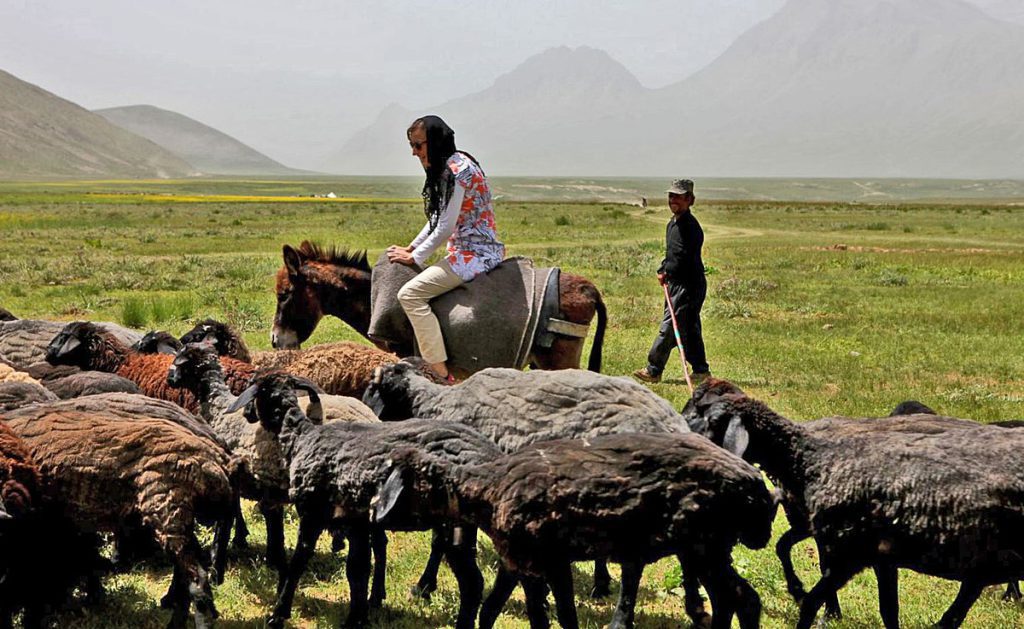
Visitors to Lar National Park can engage in a variety of activities, such as hiking, camping, birdwatching, and photography. The park offers breathtaking views of the surrounding mountains, valleys, and rivers, providing ample opportunities for outdoor exploration and adventure.
Safety Considerations for Visiting Lar National Park
Lar National Park is a protected area, and visitors are encouraged to follow park regulations and guidelines to preserve its natural beauty and protect its wildlife. This includes refraining from littering, respecting wildlife habitats, and staying on designated trails.
Best Time to Witness Iran’s Wildlife
The best time to visit Iran for wildlife viewing depends on the specific region and the type of wildlife you are interested in. Generally, the spring (April to June) and fall (September to November) seasons are considered the best times to visit for wildlife enthusiasts. During these seasons, the weather is mild, and the vegetation is lush, attracting a variety of animals.
Best Time to Witness Northern Wildlife of Iran
In the northern regions of Iran, such as the Caspian forests and Alborz Mountains, spring (April to June) is an excellent time to spot migratory birds, including flamingos, pelicans, and various species of waterfowl. The forests are also teeming with life during this time, with opportunities to see mammals like bears, leopards, and wild boars.
Best Time to Witness Desert Wildlife
For desert wildlife, the cooler months of spring and fall (March to May and September to November) are ideal. During these times, temperatures are more moderate, and animals like gazelles, onagers, and desert foxes are more active. It’s important to note that summer months can be extremely hot in the desert regions, making wildlife sightings more challenging.
Best Time for Birdwatching in Iran
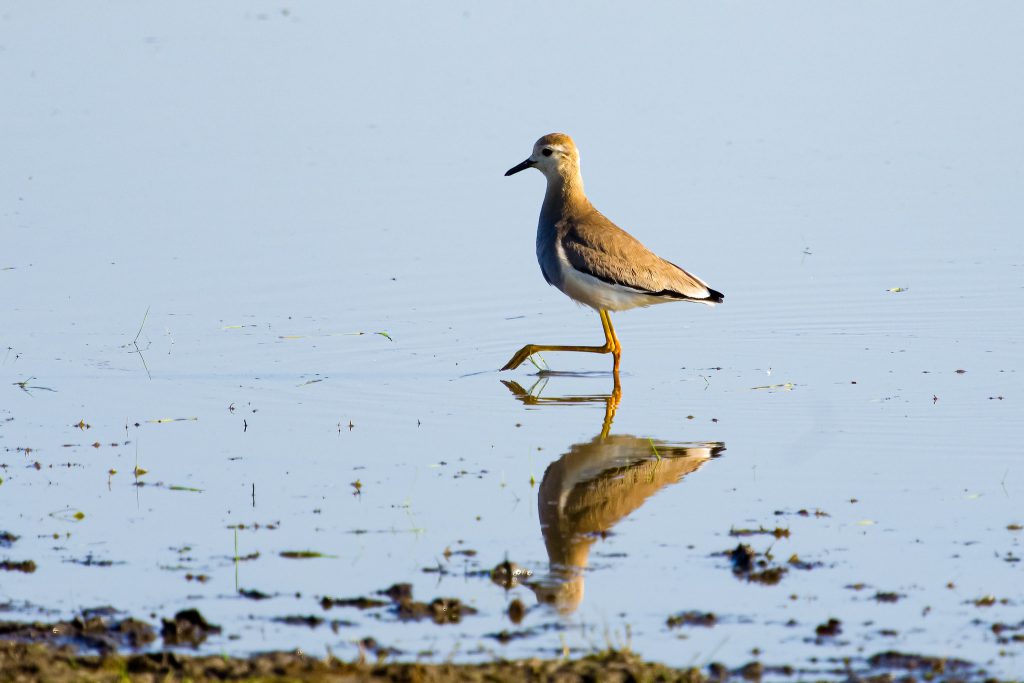
If you are interested in birdwatching, the winter months (December to February) are the best time to visit Iran. Many migratory bird species make their way to Iran during this time, including flamingos, cranes, and various waterfowl. The wetlands and coastal areas are particularly rich in birdlife during the winter months.
It’s always a good idea to check the specific wildlife reserves or national parks you plan to visit for any seasonal variations or specific wildlife events. Additionally, it’s important to respect the natural habitats and follow any guidelines or regulations set by the park authorities to ensure the well-being of the wildlife.
Wildlife Watching Tips
When watching wildlife, it’s essential to follow these tips to ensure the well-being of the animals and contribute to their preservation:
1. Maintain a Safe Distance: Keep a respectful distance from the wildlife to avoid causing stress or disturbance. Use binoculars or a zoom lens for a closer view without intruding on their space. Respect any barriers or guidelines set by park authorities or tour guides.
2. Do Not Feed or Touch: Feeding wildlife can disrupt their natural behavior and diet, and it may also make them dependent on human food, which can be harmful to their health. Avoid touching or attempting to interact with the animals, as this can cause stress and potentially transmit diseases.
3. Stay Quiet and Observe Silently: Keep noise to a minimum and avoid sudden movements. Wildlife is often sensitive to sound and movement, and loud noises or sudden actions can startle or frighten them. Observe silently to allow the animals to behave naturally and without disturbance.
4. Respect Habitat and Nesting Areas: Be mindful of the wildlife’s habitat and nesting areas. Avoid trampling vegetation, disturbing nests, or damaging their natural surroundings. Stay on designated trails or paths to minimize your impact on their environment.
5. Do Not Litter: Dispose of any trash or waste properly. Litter can harm wildlife and their habitats, and it can also attract unwanted animals or disrupt their natural behavior. Leave the area as you found it, or even better, pick up any litter you come across.
6. Follow Local Regulations and Guidelines: Familiarize yourself with the rules and regulations of the area you are visiting. National parks, wildlife reserves, and protected areas often have specific guidelines to ensure the safety of both visitors and wildlife. Adhere to these guidelines to minimize your impact and contribute to conservation efforts.
7. Educate Yourself: Learn about the wildlife you are observing, including their behavior, habitat, and conservation status. This knowledge will help you appreciate their natural behaviors and understand the importance of their preservation. Share this knowledge with others to raise awareness and promote conservation efforts.
8. Support Local Conservation Efforts: Research and identify local conservation organizations or initiatives that are working to protect wildlife in the area you are visiting. Consider supporting them through donations or volunteer work. These organizations play a vital role in preserving habitats, conducting research, and implementing conservation strategies.
9. Report Illegal Activities: If you witness any illegal activities, such as poaching, wildlife trafficking, or habitat destruction, report them to the appropriate authorities. Your timely action can help protect wildlife and contribute to the enforcement of wildlife protection laws.
10. Be Mindful of Your Carbon Footprint: Reduce your environmental impact by practicing sustainable travel habits. Choose eco-friendly accommodations, minimize waste generation, and opt for environmentally friendly transportation options whenever possible. By reducing your carbon footprint, you contribute to the overall conservation of wildlife and their habitats.
Remember, responsible wildlife watching is about appreciating and respecting the natural world while minimizing our impact. By following these guidelines, you can enjoy the beauty of wildlife in Iran while actively contributing to their preservation for future generations to enjoy.
DOE (Department of Environment) in Iran
If you witness any illegal activities in wildlife habitats in Iran, you should report them to the appropriate authorities. In Iran, the Department of Environment (DOE) is responsible for wildlife conservation and enforcement of wildlife protection laws. You can contact the DOE through their official website or reach out to their local offices or wildlife protection units. They will be able to guide you on how to report the specific incident and provide you with the necessary information to ensure that appropriate action is taken. It is important to report illegal activities promptly to help protect wildlife and contribute to the enforcement of wildlife protection laws.
FAQs about Iran’s Wildlife
Q1: What are some of the unique animals found in Iran?
A1: Iran is home to a diverse range of unique animals, including leopards, bears, hyenas, gazelles, and the critically endangered Iranian cheetah.
Q2: What is the national animal of Iran?
A2: The national animal of Iran is the Asiatic cheetah, a critically endangered subspecies of cheetah that primarily inhabits the country’s central desert region.
Q3: Where can I see wildlife in Iran?
A3: Some of the best places to see wildlife in Iran include Golestan National Park, Kavir National Park, and Lar National Park, which offer diverse habitats and a chance to observe Iran’s unique fauna.
Q4: What are the threats to the survival of Iranian cheetahs?
A4: Iranian cheetahs face threats such as habitat loss, poaching, and a decline in prey species, which have led to their critically endangered status.
Q5: How can I contribute to wildlife conservation in Iran?
A5: You can contribute to wildlife conservation in Iran by supporting conservation organizations, practicing responsible tourism, and raising awareness about the importance of protecting Iran’s unique wildlife.
Explore Iran’s Wildlife with ToIranTour
Join us on an extraordinary adventure to discover the wonders of Iran’s wildlife while contributing to their preservation for generations to come.
Our Commitment to Sustainable Tourism
At ToIranTour, we are deeply committed to sustainable tourism. We believe in preserving the natural beauty and biodiversity of Iran for future generations to enjoy. Our tours are designed to minimize our impact on the environment and promote responsible wildlife viewing practices. We also work closely with local communities and conservation organizations to support wildlife conservation efforts and sustainable livelihoods.

